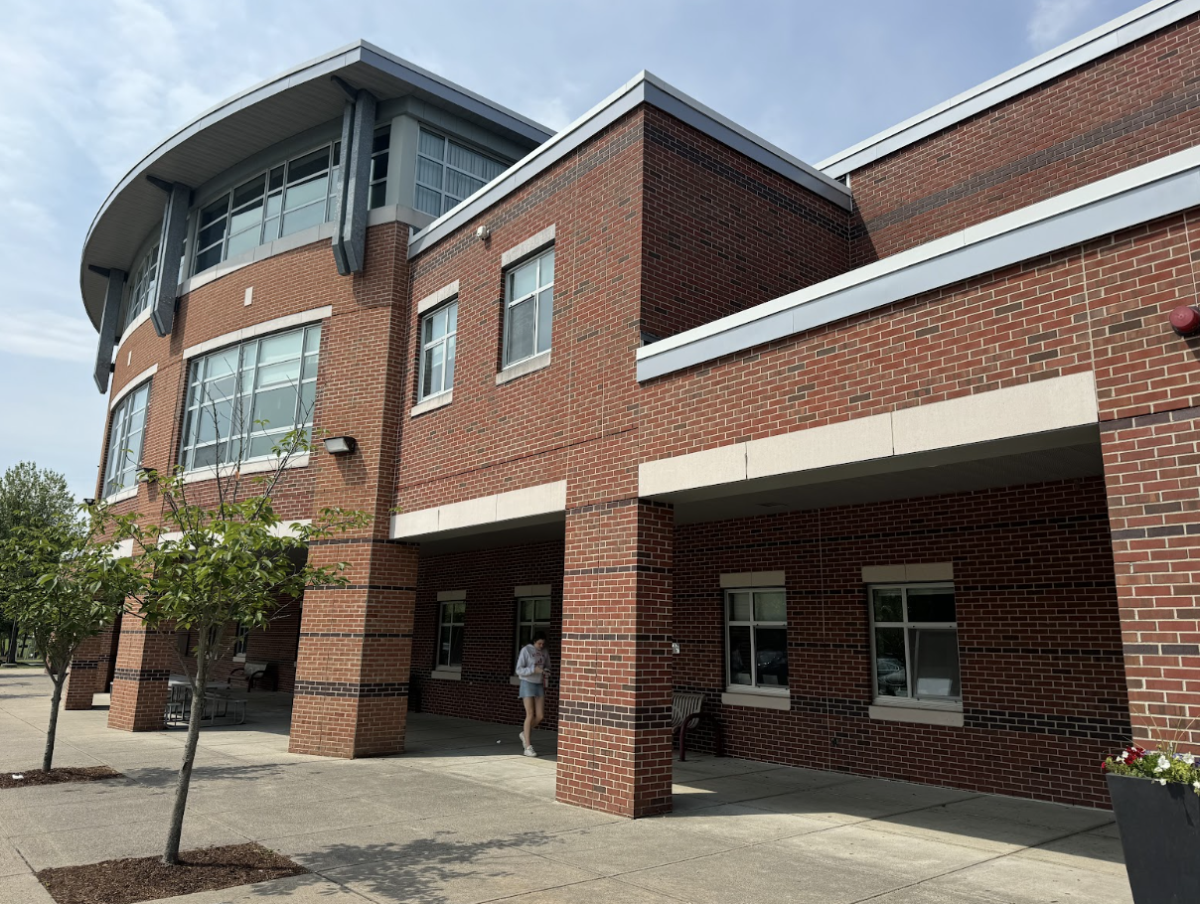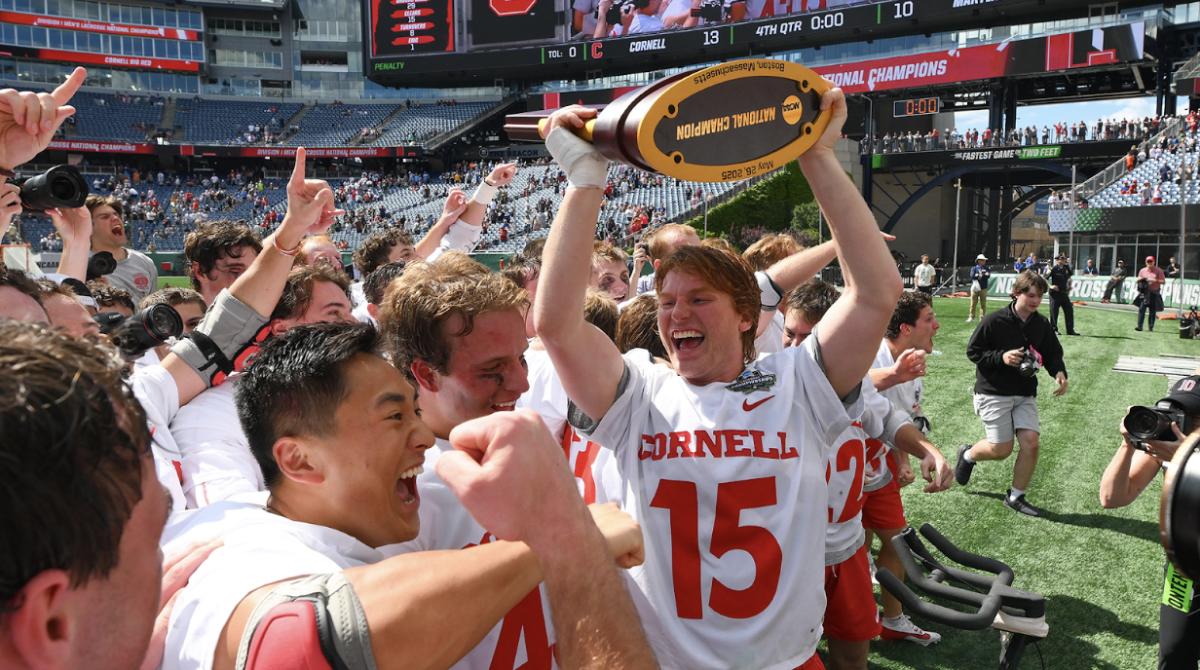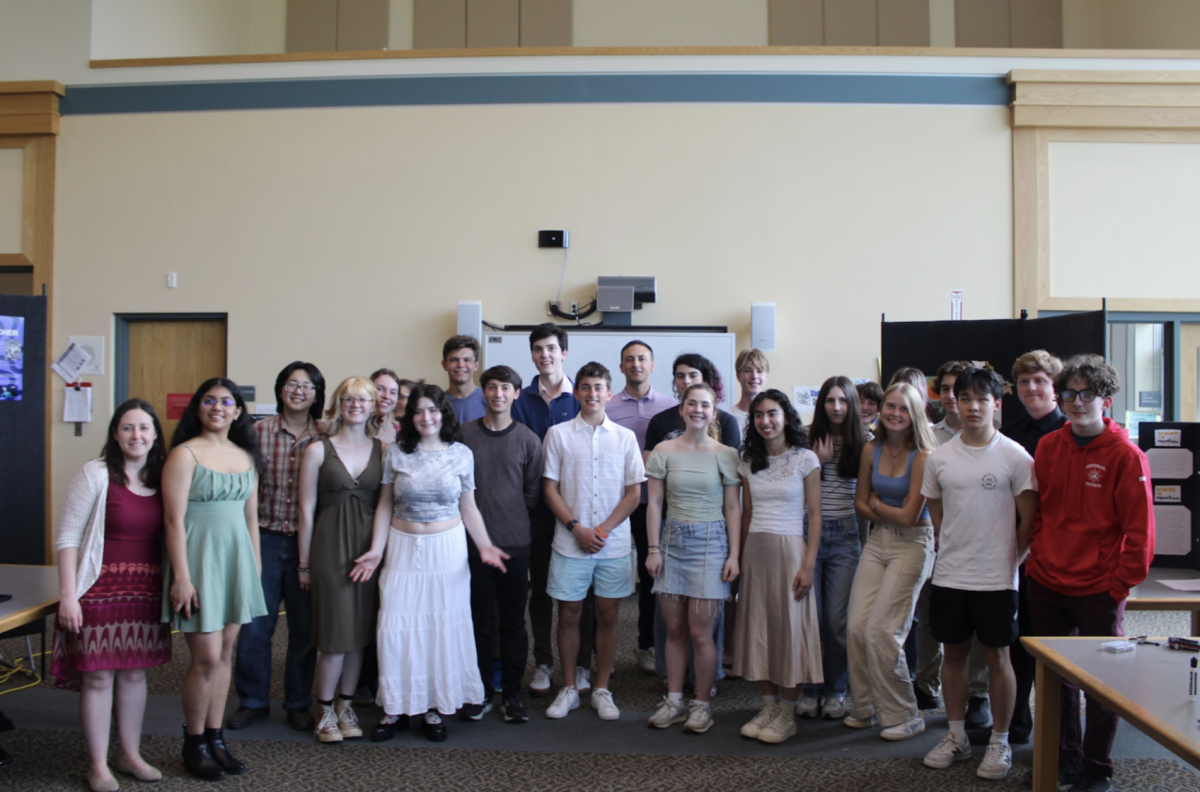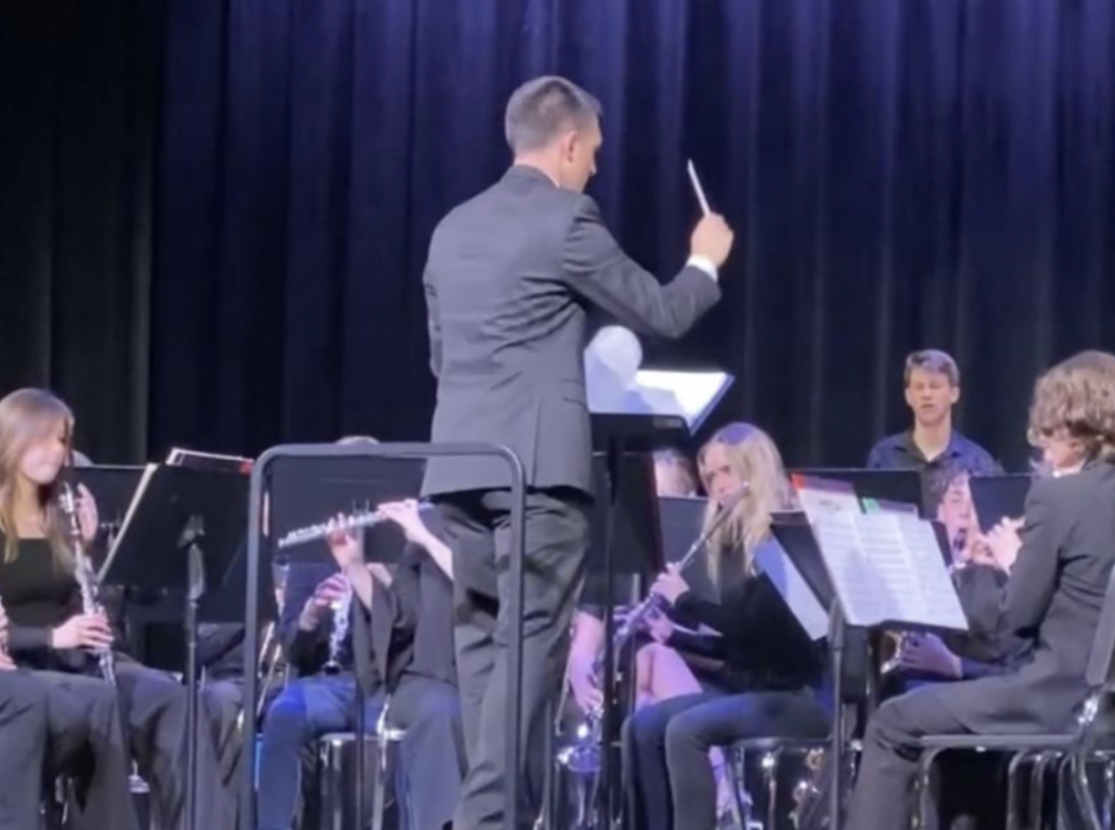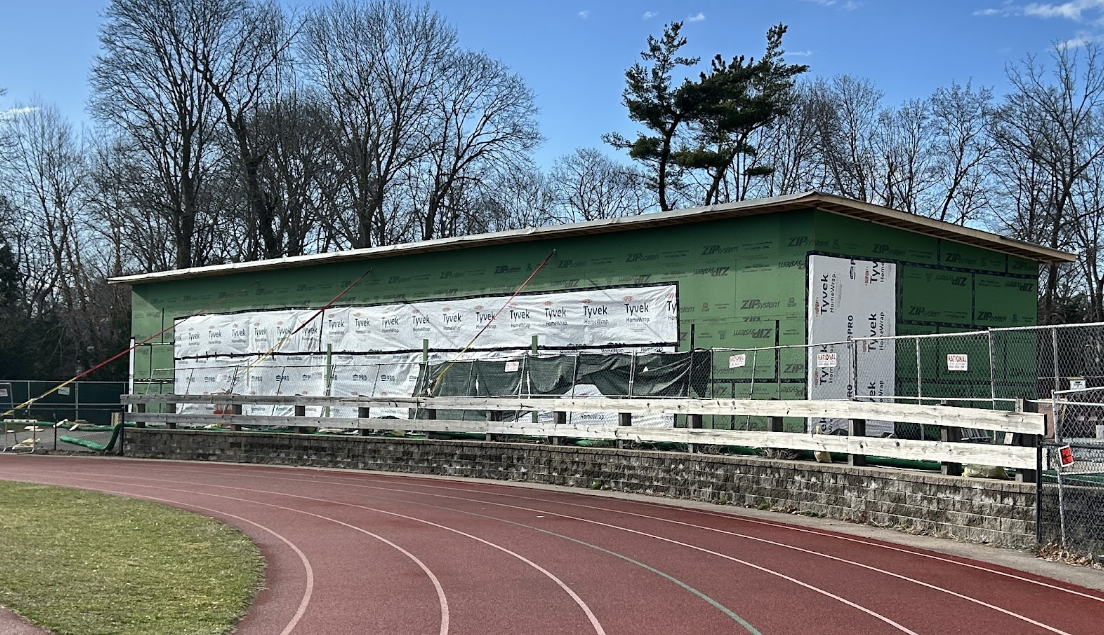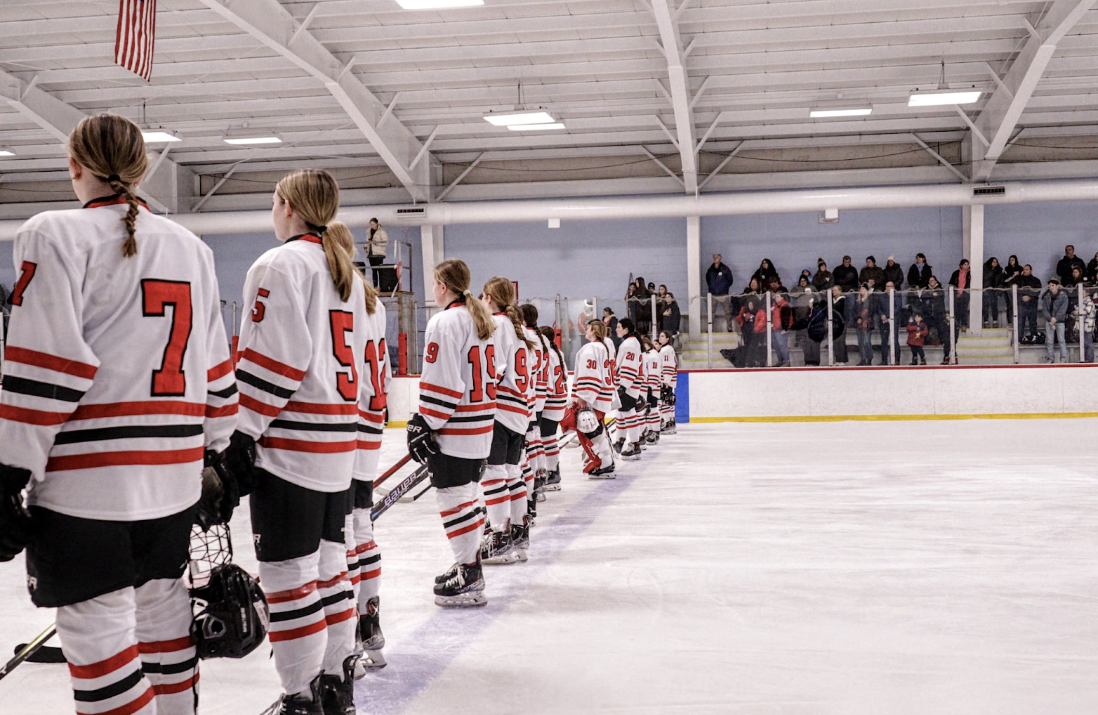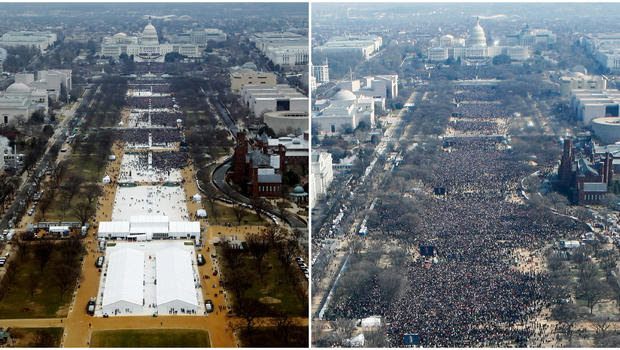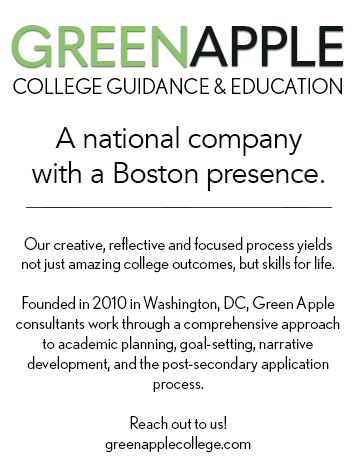The Press in Trump’s America
The size of the crowd at Trump’s inauguration (left) was contrasted with that of Obama’s first inauguration (right).
January 29, 2017
The first week of the Trump Administration has proved much more turbulent than most Americans anticipated. Usually a honeymoon period of rising approval ratings, it instead has been marred by unusually low attendance of the President’s Inauguration, the holding of several massive demonstrations for Women’s Rights on Saturday, and international backlash against Trump’s plans. Yet, perhaps the most important trend during the past week is far more sinister, and poses a direct threat to the well being of our democracy. This threat comes not in the form of terrorists, economic collapse, or foreign invasion, but in Trump’s utter disregard for the freedom of the press.
The first of these disturbances to the freedom of the press came on Friday afternoon, when six reporters were arrested during anti-Trump protests. The six journalists were charged with violating a local law against rioting and now face up to ten years in jail and a $25,000 fine. Although the protests had turned violent, there was no direct evidence that these reporters partook in the small riot, and their detention and arrest was widely decried as a clear violation of the First Amendment.
Trump’s campaign has long used the media as a scapegoat for their own shortcomings, but in the past week Trump’s Administration has actively worked to subvert the power and freedom of the press. This trend began on Saturday, when White House Press Secretary, Sean Spicer, told several blatant lies about the size of the crowd at Trump’s inauguration.
Spicer claimed the crowd was the largest in history, surpassing 1.6 million people. This statement contradicted photographs of the event, which showed that the crowd at Trump’s Inauguration was dwarfed by that at Obama’s in 2009. The Press Secretary’s statement and his subsequent refusal to take questions was seen as an example of the new Administration’s poor organization and was widely criticized by the media.
Kellyanne Conway, the new Counselor to the President, drew the administration more scorn on Sunday, when she was interviewed on Chuck Todd’s popular news show, Meet the Press. When Todd asked her why Trump had thought it suitable for his Press Secretary to lie on his first full day in office, Conway dismissed the incident.
“You’re saying it’s a falsehood,” Conway stated, “Sean Spicer, our Press Secretary, gave alternative facts to that.”
Conway’s statement began a bitter argument with Chuck Todd during which Ms. Conway elaborated that the Trump Administration might have to “rethink its relationship with the press” if their actions continue to be questioned by the media.
Ms. Conway proceeded to blatantly lie about Trump’s comments on the C.I.A., prompting Todd to quote Donald Trump’s Twitter account. In the quote, Trump compared the C.I.A.’s actions before the inauguration to those of Nazi Germany. The episode took up much of the news cycle during the beginning of the week, and the term “alternative facts” was widely mocked on social media.
The freedom of the press took another hit on Wednesday when Steve Bannon, Trump’s Chief Strategist, denounced the press during an interview with The New York Times. “I want you to quote this,” Bannon said, “The media here is the opposition party. They don’t understand this country.” When questioned about whether Spicer’s statement on Saturday led Bannon to question his integrity, Bannon responded, “We think that’s a badge of honor. ‘Questioning his integrity’ — are you kidding me?”
The freedom of the press in the United States is in now in danger. Throughout modern history the freedom of expression has often been the first target of authoritarian regimes, and all Americans ought to see these clear violations of civility as a threat to our nation.






